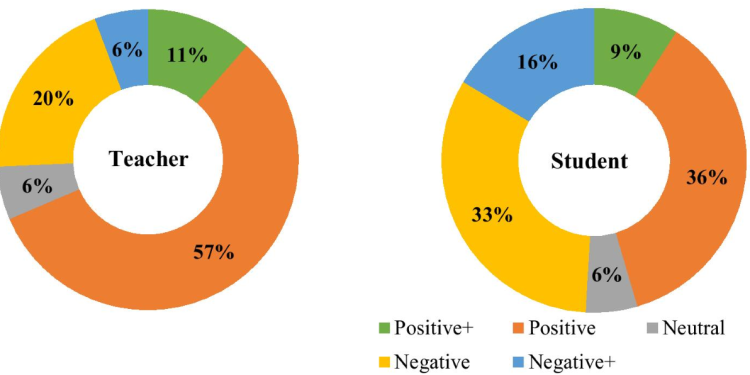The COVID-19 pandemic radically transformed higher education across the globe—and India was no exception. Traditional classrooms were replaced by digital platforms almost overnight, pushing both students and institutions into a new era of learning.
Now, in 2025, the landscape of higher education in India is evolving—driven by technology, policy changes, and a shift in student expectations.
🔄 What Changed During the Pandemic?
- Remote learning became the norm through Zoom, Google Meet, and LMS platforms.
- Examinations turned digital, forcing institutions to adopt online assessment tools.
- Students began looking for hybrid, flexible, and skill-oriented education.
- Teachers had to upskill rapidly in digital pedagogy.
These changes weren’t temporary—they triggered a permanent shift in how education is designed, delivered, and consumed.
🚀 Key Trends Shaping the Future of Higher Education in India
1. Blended Learning Models
Colleges and universities are adopting a hybrid approach—combining the best of physical classrooms with online lectures and resources.
- Flexibility in learning pace
- Reduced infrastructure strain
- Wider reach to remote students
Institutes like IIT Madras and Amity University have already integrated hybrid models.
2. EdTech Integration
The rise of EdTech companies like BYJU’S, Unacademy, and upGrad is reshaping traditional learning. These platforms offer:
- Online degrees
- Industry-relevant certification courses
- AI-powered adaptive learning
Universities are now partnering with EdTech firms to supplement curriculum and offer job-ready skills.
3. Focus on Skill-Based Learning
The demand for industry-ready skills is skyrocketing. Indian students now prioritize:
- Coding & data science
- Digital marketing
- Financial literacy
- Communication & soft skills
The NEP 2020 (New Education Policy) emphasizes vocational training and multidisciplinary learning, aligning education with employability.
4. Global Collaboration and Online Degrees
Indian students now access global education from top universities without leaving home:
- Coursera & edX partnerships with IITs and foreign universities
- UGC’s push for online degree recognition
- Dual degree programs and credit transfers gaining popularity
5. AI & Personalized Learning
AI is helping personalize content delivery, track student progress, and provide tailored learning paths.
- AI chatbots for academic support
- Analytics for attendance, engagement, and performance
- Gamified learning to increase retention
6. Rise of Micro-Credentials
Micro-degrees and nano-certifications are now part of mainstream education.
- Short-term, affordable courses
- Focus on specific skills like Python, AI, Business Analytics
- Often offered by industry experts and universities together
7. Remote Campus Infrastructure
To support online learning long-term, institutions are investing in:
- LMS platforms (like Moodle, Blackboard)
- Digital libraries
- Cybersecurity systems
- Faculty training in digital tools
📊 Challenges Ahead
Despite rapid progress, several issues need addressing:
| Challenge | Impact |
|---|---|
| Digital divide | Unequal access in rural areas |
| Faculty digital literacy | Not all teachers are tech-ready |
| Student engagement | Attention span is lower online |
| Quality assurance | Too many unregulated online programs |
✅ The Road Ahead: What to Expect
- More Online-Only Universities: Like India’s National Digital University initiative
- Government Support for Digital Learning: Through SWAYAM, DIKSHA, and NDEAR
- Increased Use of Virtual Labs and Simulations
- Greater Emphasis on Internships, Projects & Industry Exposure
📚 Final Thoughts
The pandemic served as a powerful catalyst for innovation in Indian education. As we move forward, the goal must be to build an inclusive, tech-enabled, and student-centric higher education ecosystem.
Institutions that adapt quickly—embracing technology, focusing on outcomes, and prioritizing flexibility—will lead the next wave of educational excellence in India.
































































